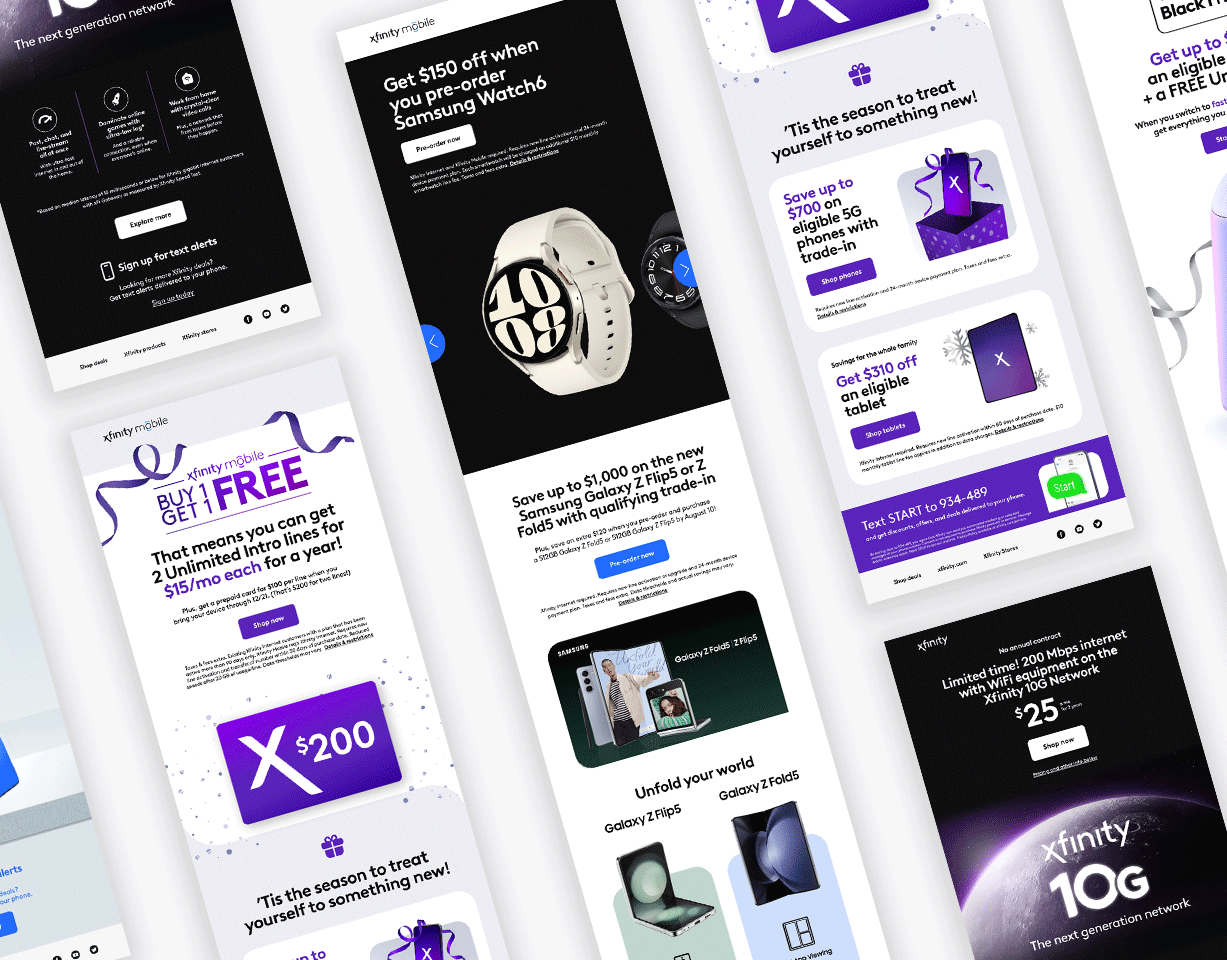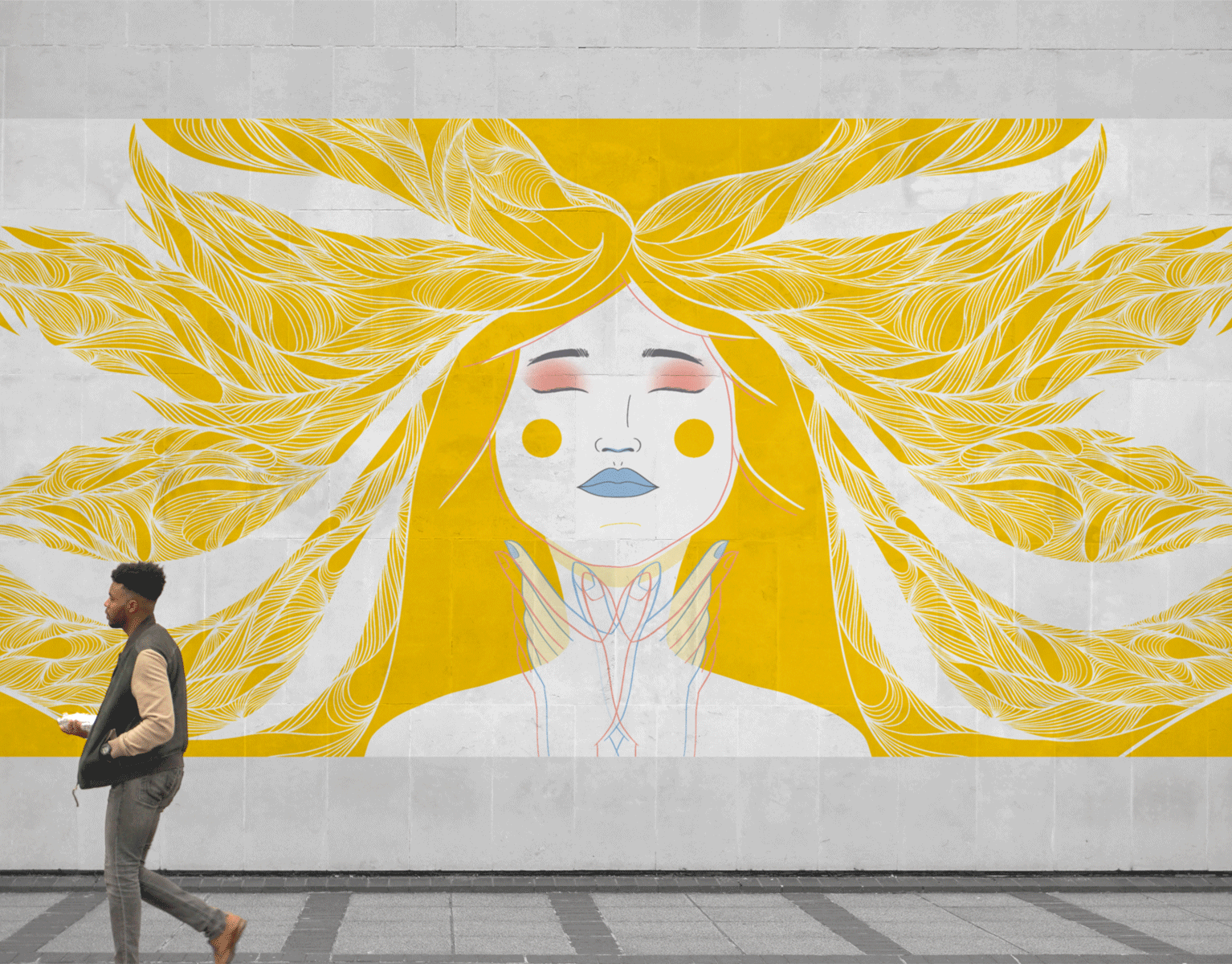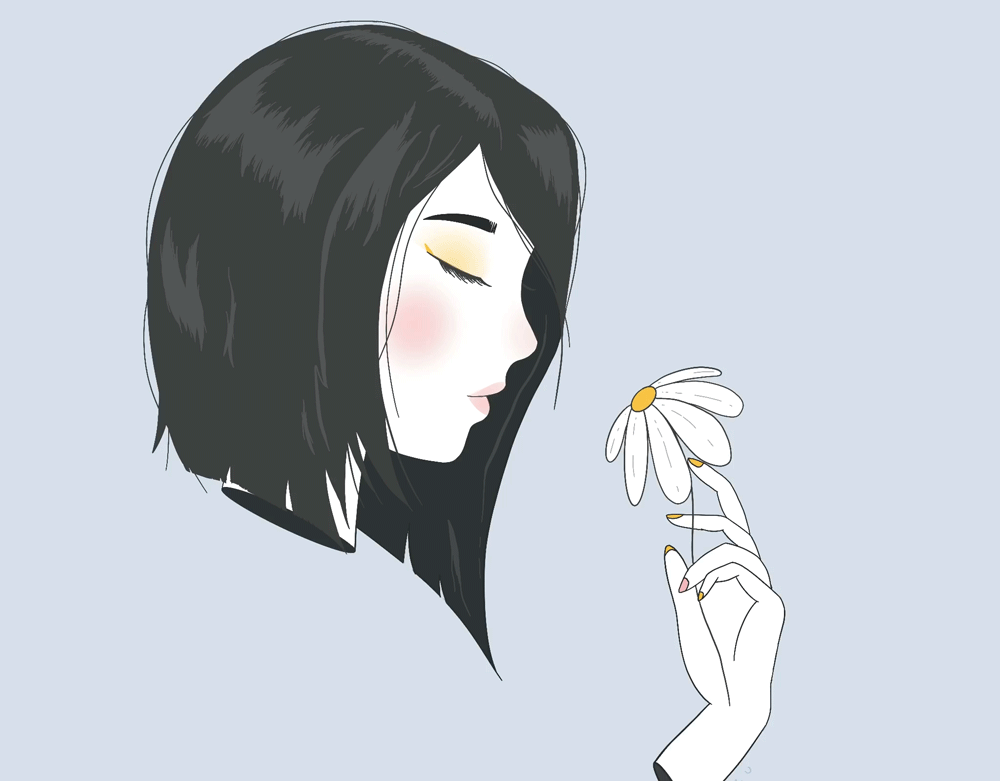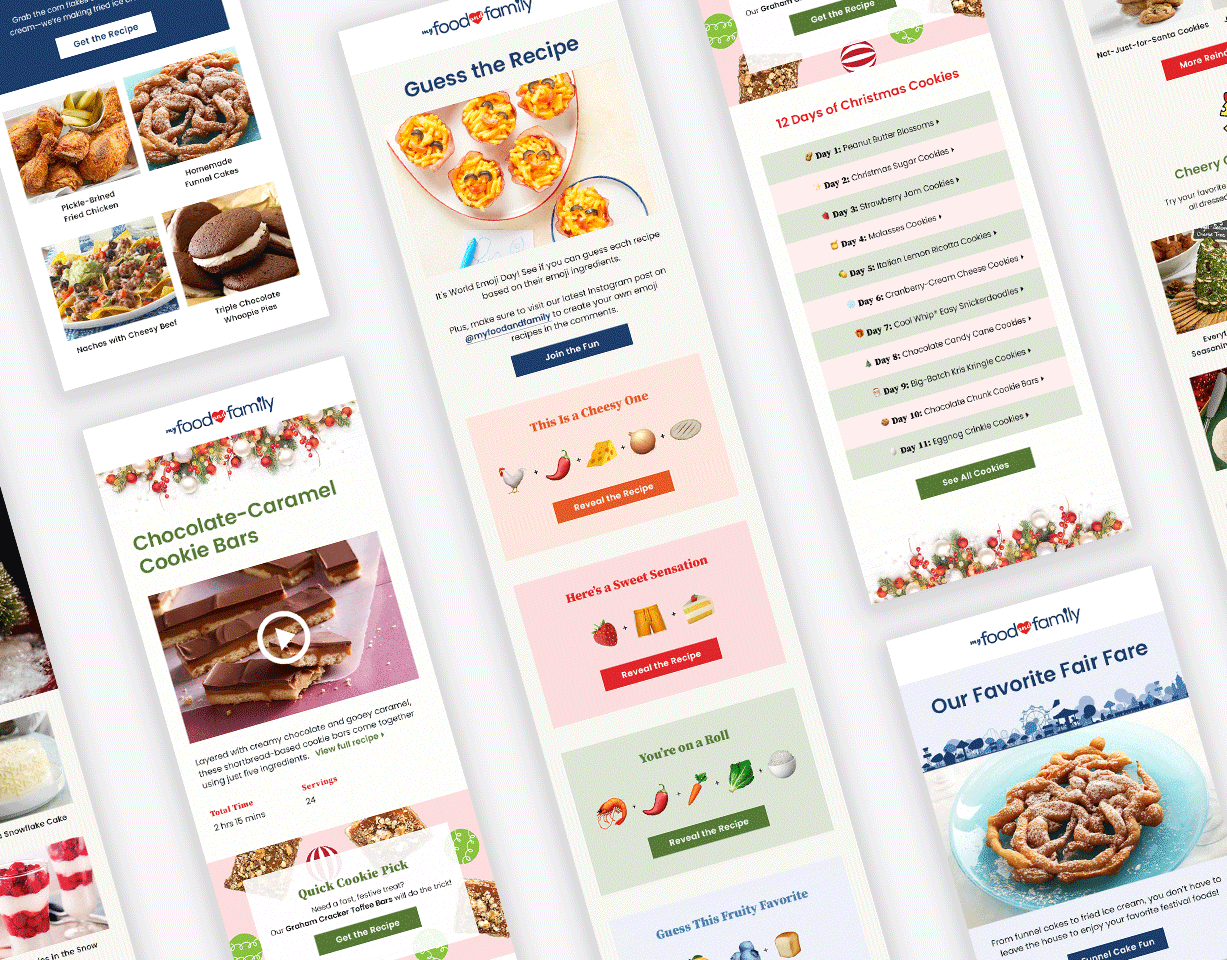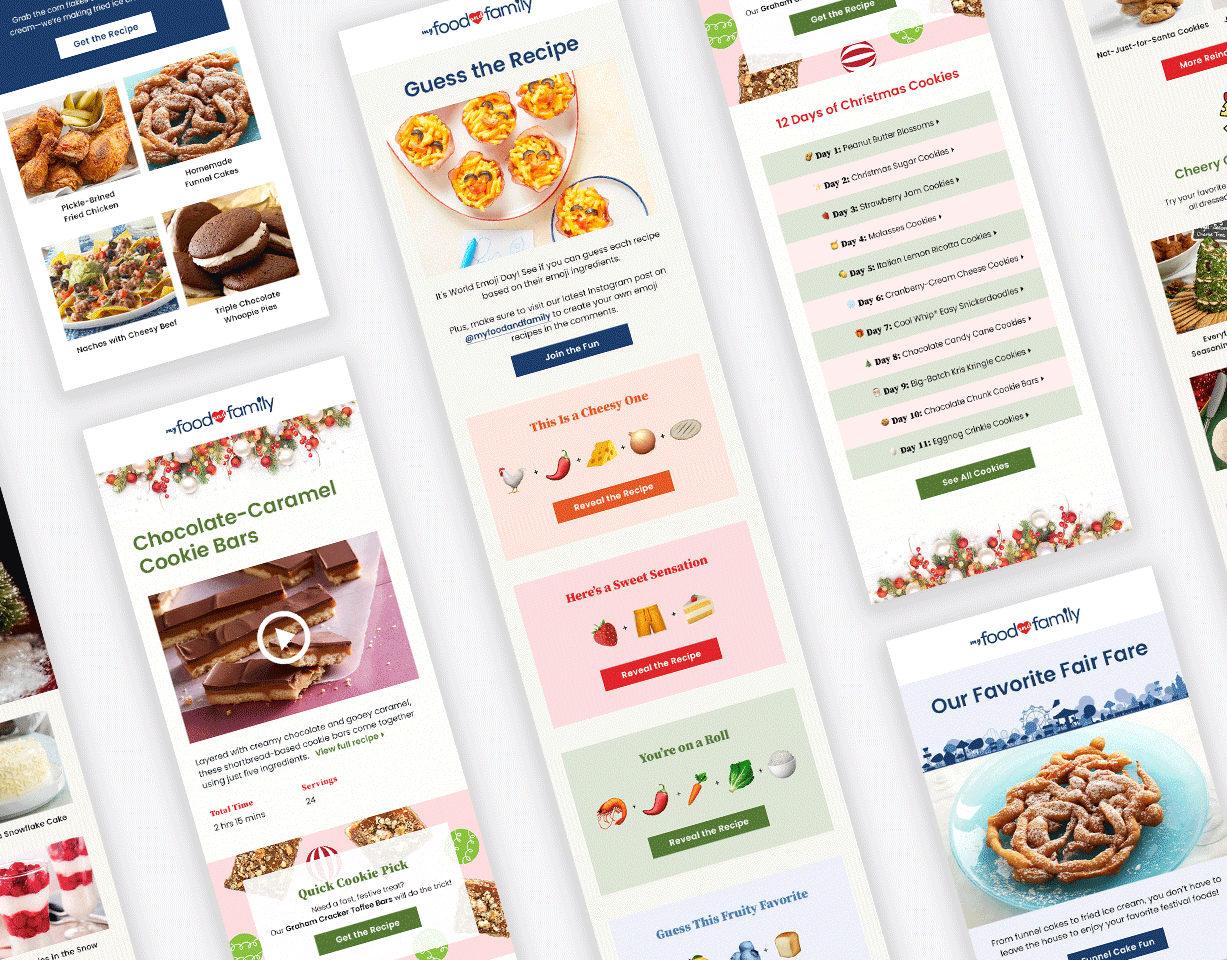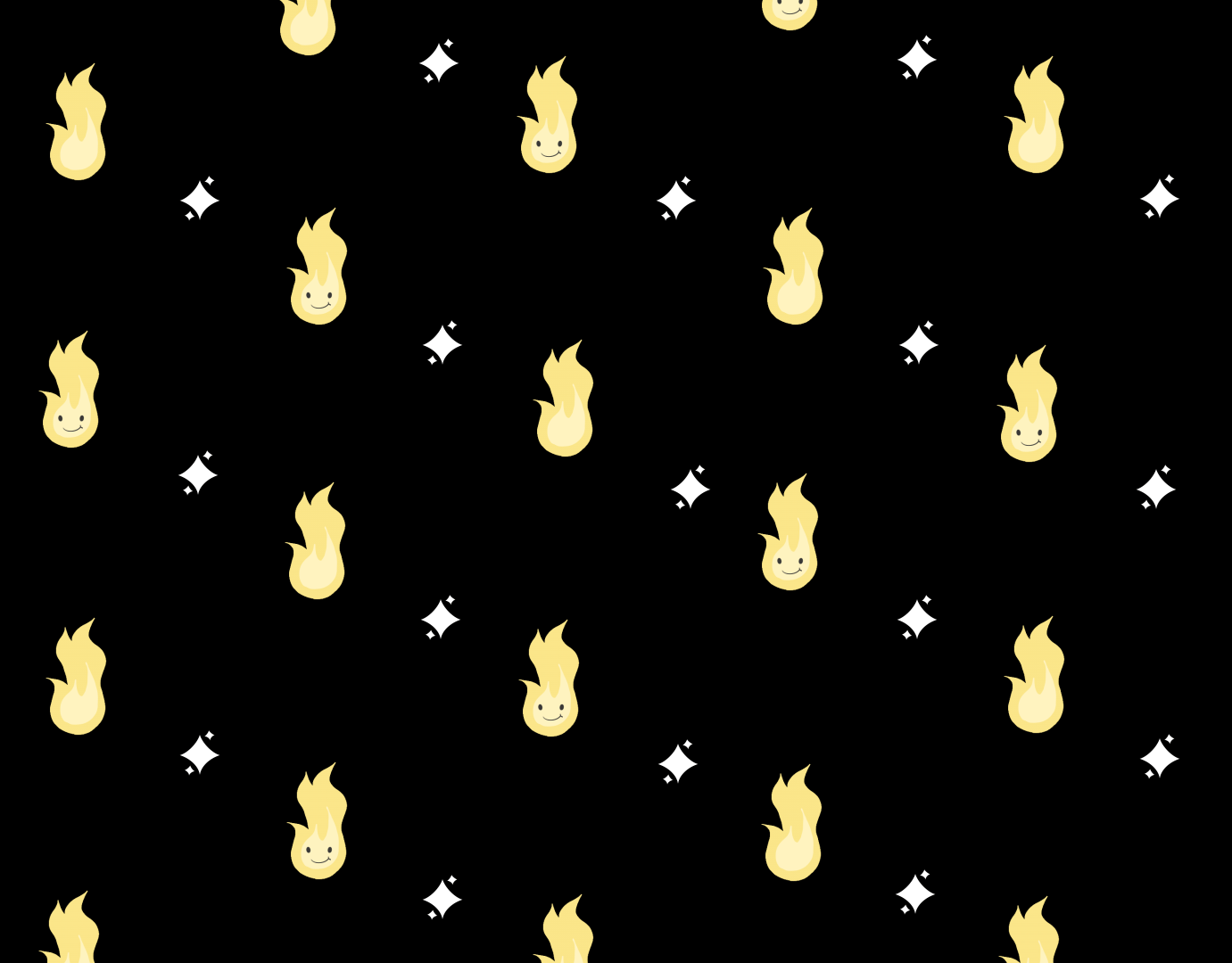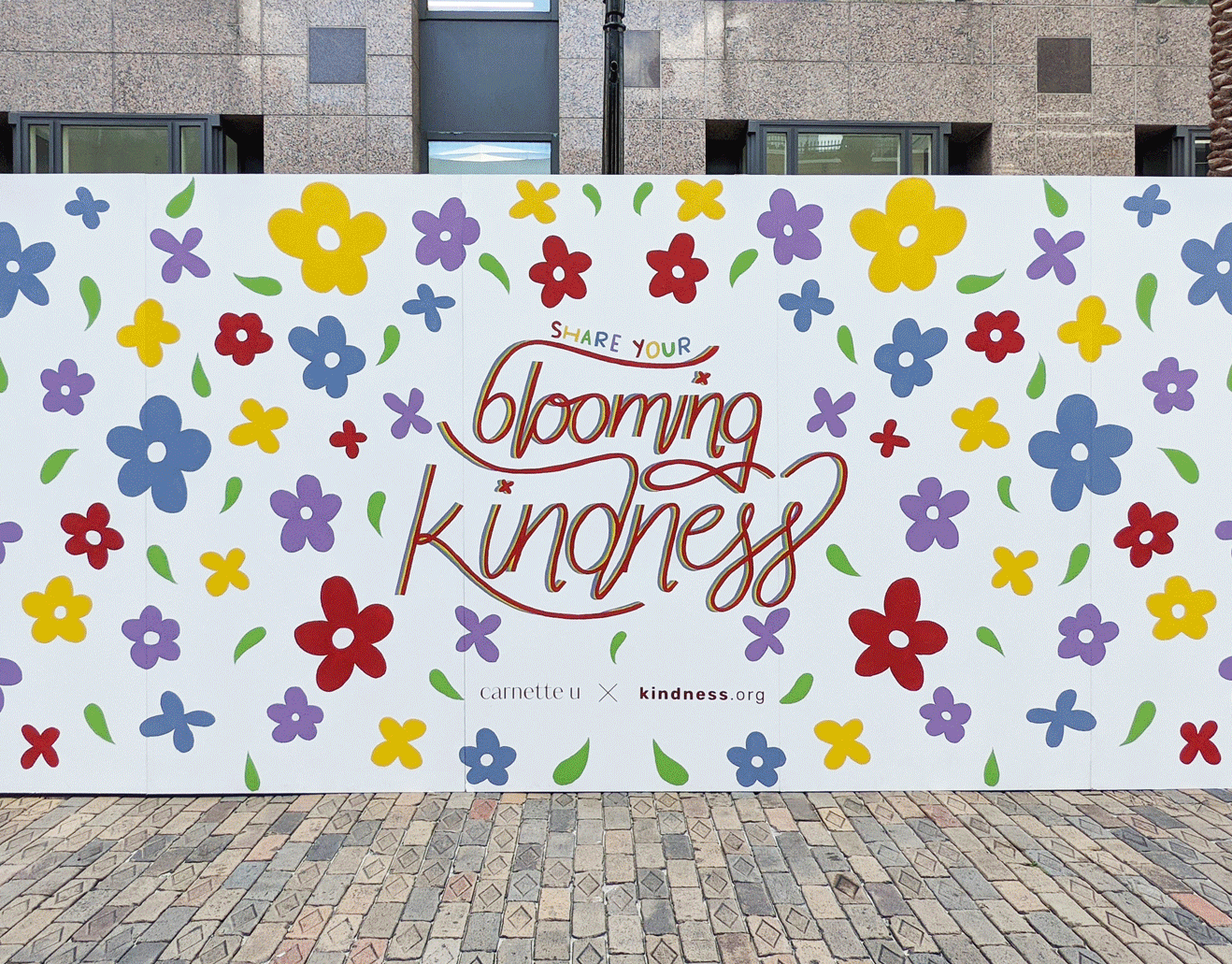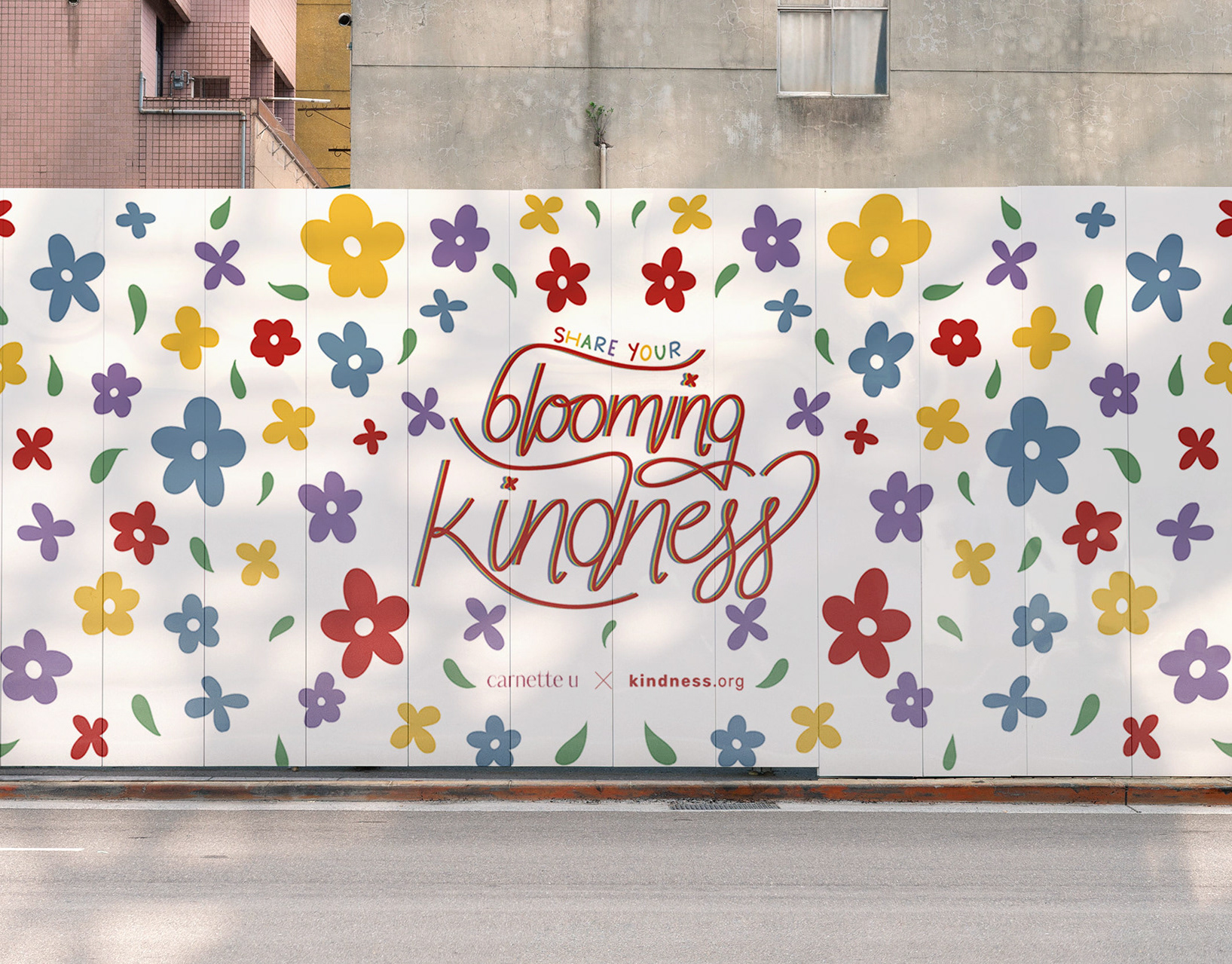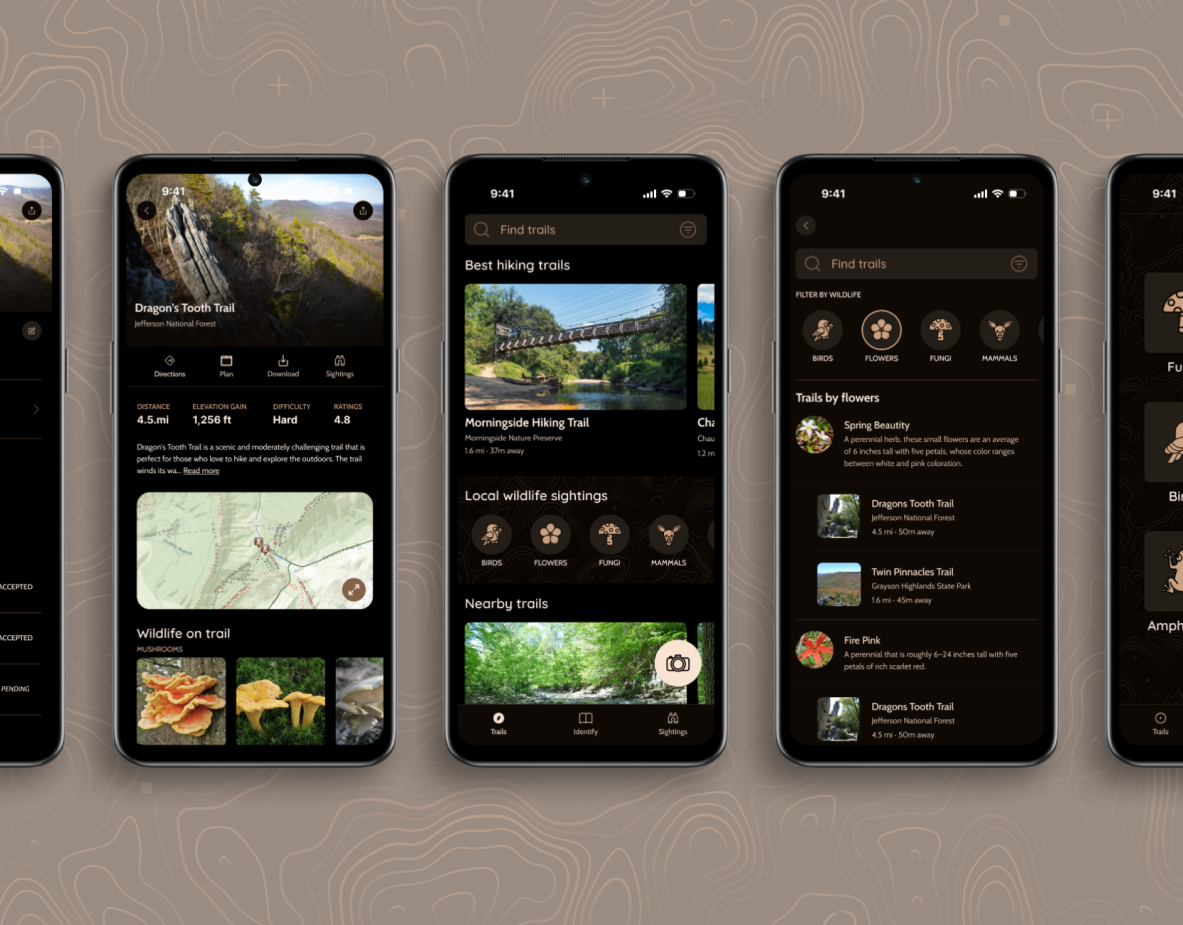Project Brief
Timeline
July - August 2023 (7 weeks)
Role
UX Designer and Researcher
Tools
Figma, Notion, Google Meet
Context
Capstone project for the UX Design Master's program
at Maryland Institute College of Art
Skills
UX Research
Wireflows
Prototyping
User Interviews
Usability Testing
Visual Design
Faculty Advisors
Christine Chiang
Arkadiy Avrorov
Logan Perez
Problem
How might we empower AAPI young adults to increase their mental health literacy in navigating cultural barriers and normalize conversations around mental health at an affordable cost?
In the Asian community, mental health is seen as a taboo topic that is often neglected for the sake of the collective community. According to the US Department of Health and Human Services, suicide is the leading cause of death for Asian and Pacific Islanders, ages 14 to 24. There are many factors that contribute to the cultural stigma. A few factors include the following:
Model Minority Myth
According to researchers Sophia Bohun Kim and Yeonjung Jane Lee, the model minority myth is the seemingly positive stereotype that has been externally given to the Asian- American Pacific Islander(AAPI) community that has attempted to divert attention away from institutional racism and inequality among minorities. This minimizes the psychological distress of the AAPI community because there's an assumption that this community is less likely to experience mental distress.
Religious Traditions
Dr. Jenny Wang states in her book, Permission to Come Home, "A common barrier to asking for help from others is feeling like a burden or inconvenience to others, which has been framed as shameful or disrespectful." This can stem from many religious and traditional belief systems within Asian cultures, that believe mental illness is not real.
Gender expectations
Men are told and expected to be tough and expressing emotions is seen as a sign of weakness. Women are viewed as more vulnerable but often expected to make more sacrifices for the sake of their families.
As more diaspora communities have become more vocal about the importance of mental health and healing from intergenerational trauma, it's still something that many find challenging to navigate. The lack of financial resources, health care, and limited ethnic-specific or culturally anchored mental health services were identified by researchers Sophia Bohun Kim and Yeonjung Jane Lee, as factors in the hesitancy in seeking formal health care among AAPI young adults.
Solution
Project MHEG is a Mental Health Education Gaming tool designed to assist AAPI young adults with learning more about how to navigate cultural barriers surrounding mental health, connect and become part of a community, and play relatable short stories through a cultural lens.
Approach and Timeline
Competitive Analysis
To understand the areas of opportunity within the competitive landscape.
Personas and Journey Map
To empathize with the target audience and understand their current state journey.
User Survey and Interviews
To understand my target audience's needs, pain points, and goals.
Wireflows, Prototyping, and Usability Testing
To outline, create, and test the usability of my product's features to help achieve my target audience's needs and goals.
Competitive Analysis
I explored the ways that mental health is currently being portrayed or explored within the wellness, education, and gaming spaces. Although each had features that were beneficial, cultural aspects of mental health were still left untouched.
User Survey and Interviews
Screener Survey Criteria
•Identified as AAPI or AAPI mental health professional
•Between 18-39 years of age
Objectives
•Understand the top challenges that AAPI young adults face
•Understand the activities used to regulate mental health
Interview Insights about their relationship with mental health
•Not comfortable talking about the subject of mental health with older generation
•Environment didn't foster the space to talk about mental health
•Participants seek a sense of community outside of the home
•Exercise and video games are seen as a source of relief/distraction
"As a child, you're not really allowed
to speak up about how you feel because
it's deemed as rude."
Interview Insights about their relationship with therapy
•Cost of therapy deters users from seeking professional help
•There is a culture gap between participants and therapists
•Mental health resources focused on culture are difficult to find
"If you're ignoring culture when you're
addressing mental health concerns,
you're ignoring a third of who that person is."
Personas and Journey Map
With these insights, I created user personas in order to understand and empathize with my target audience. A current state journey map was created in order to visualize the cyclical cycle to accepting mental health help
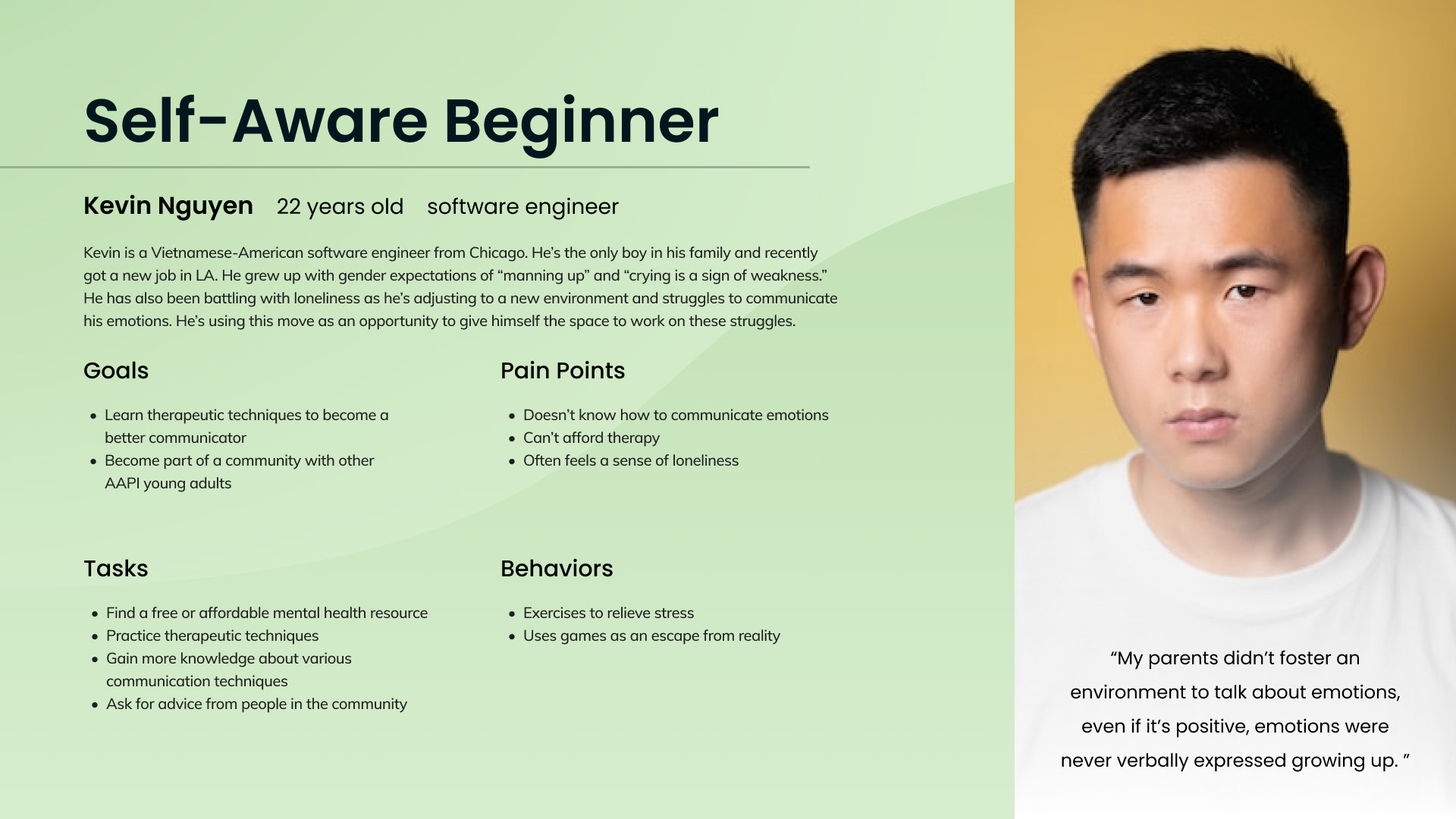
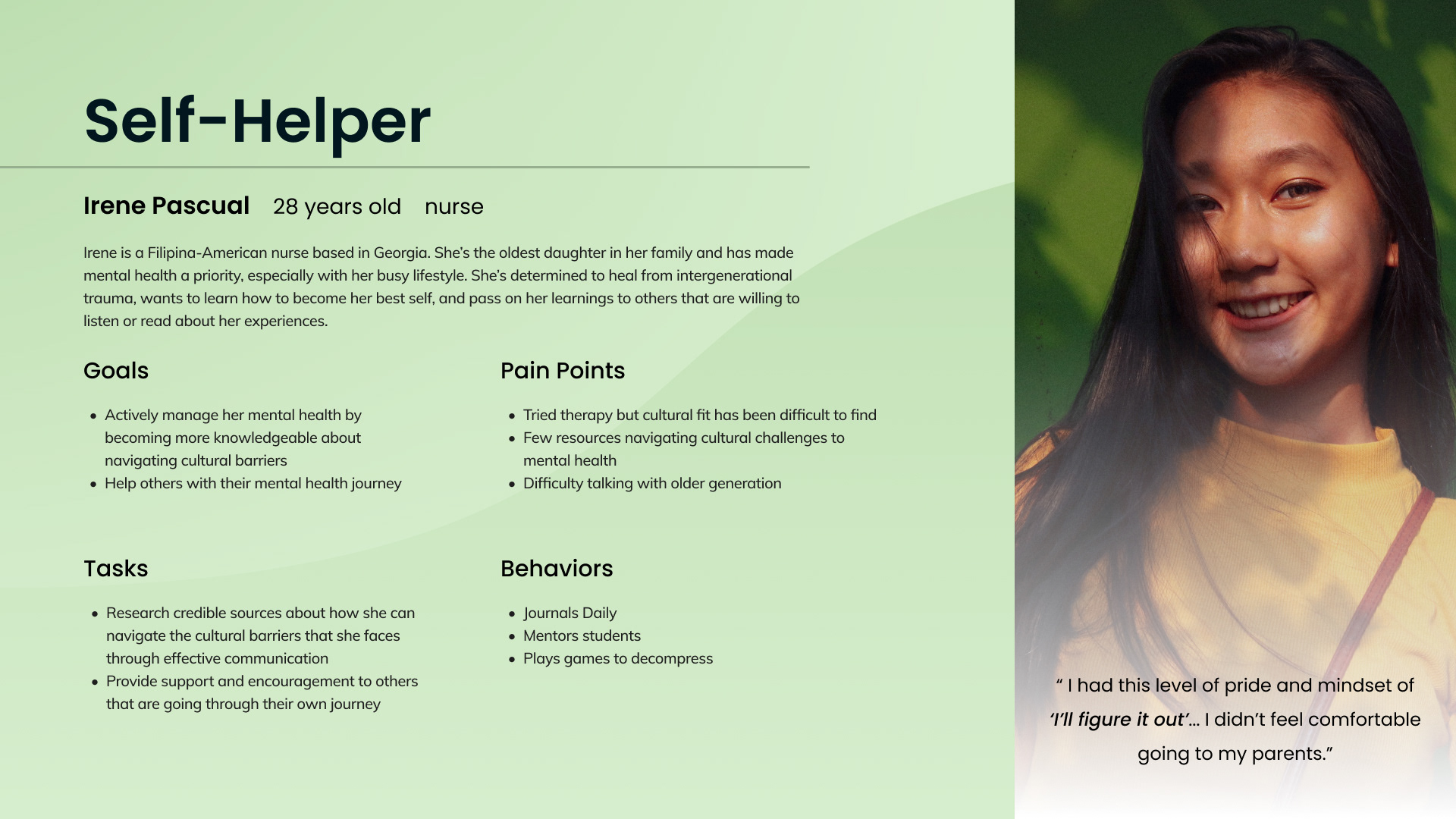

Game vs. Gamification
While ideating a solution, I wanted to hone in on video games as a tool. However, my early idea of a narrative video game did not answer some of my users' goals of doing their own research and connecting with a community.
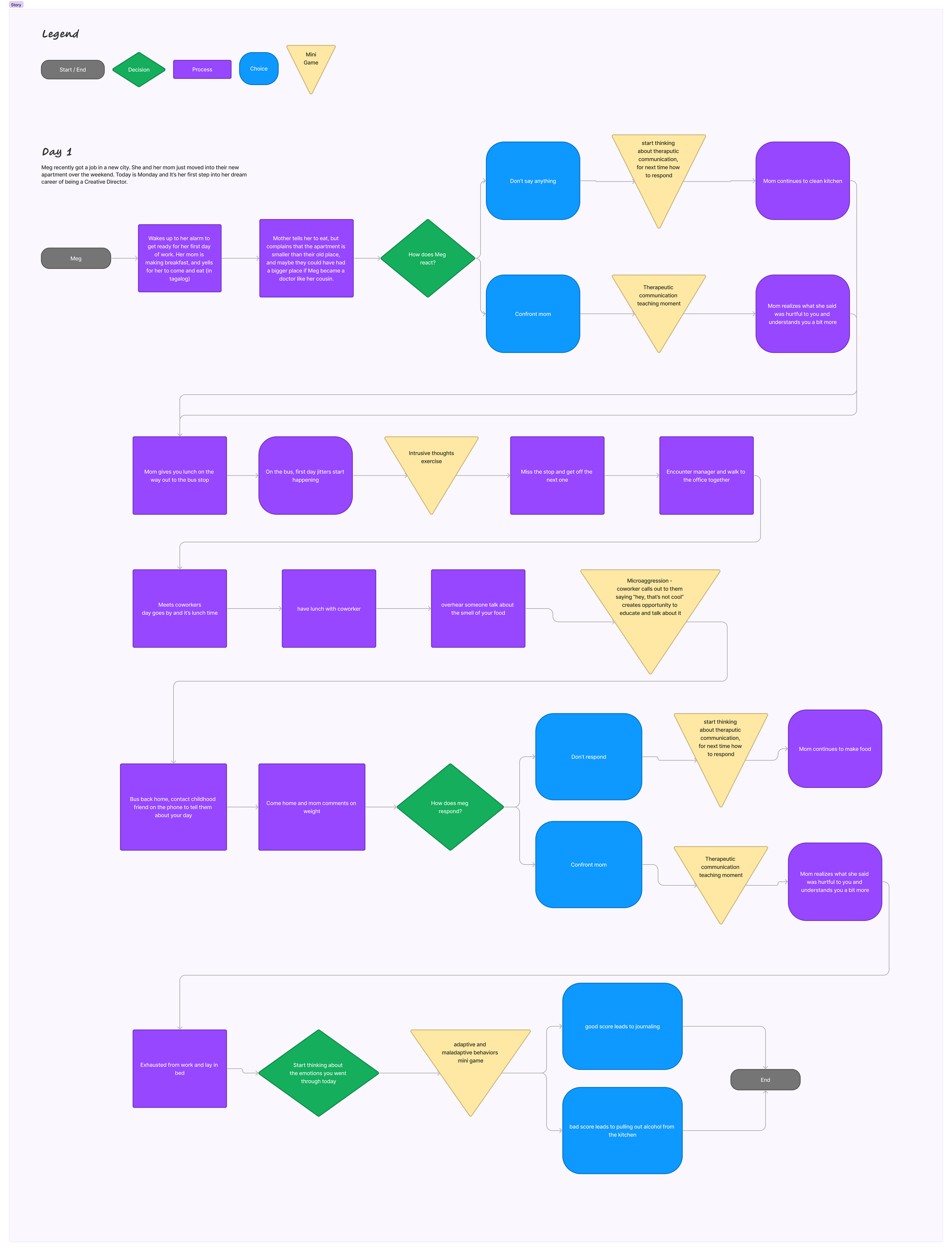
Early Narrative Story Flow

Early Narrative Video Game Wireframes
Wireflows
I pivoted to a gamified experience experience that answered more of the users' needs and goals.
Learn through a database of credible resources
User Story
Irene wants to quickly learn more about topics learn about topics regarding communication and navigating conversations in a more assertive way.
Goal
Actively manage her mental health by becoming more knowledgeable about navigating cultural barriers.
Task
Research credible sources about how she can navigate the cultural barriers that she faces.
Connect with a Community
User Story
Kevin doesn't know how to deal with his loneliness and wants to ask others for advice on how he can cope in a healthy way.
Goal
Become part of a community with other AAPI young adults.
Task
Ask for advice from people in the community.
Play through relatable stories
User Story
After getting advice from the community, Kevin acknowledged that he's not the best when it comes to communicating and wants to practice to become more prepared.
Goal
Learn therapeutic techniques to become a better communicator.
Task
Practice therapeutic techniques.
Usability Testing
Methodology
•5 moderated tests
•Google Meet
Participants
•3 AAPI Young Adults
•2 AAPI Mental Health Clinicians
Objectives
•Identify any gaps in the flow of each functionality
•Understand any needs that may be missing
Learn Flow Insights
Home Page
After getting advice from the community, Kevin acknowledged that he's not the best when it comes to communicating and wants to practice to become more prepared.
Highlight search bar
User expectation is to access the search bar first when finding a topic.
Easy access to resources
Users voiced the importance of having access to various resources.
Bookmarking
Users wanted the ability to save topics for later access and wanted to know how long resources are.
Community Flow Insights
Organization
Users questioned how the community feature was going to be organized with the amount of potential content there could be
Ability to post anonymously
The importance of anonymity was an important factor for users
Easy access to resources
Users voiced the importance of having access to various resources.
Play Flow Insights
Story summary
Users wanted to know more about the narrative before going through the lessons.
Relatable story
Users found that they resonated with the story and wanted to play through more.
What do the stars do?
There was confusion about what kind of rewards could be redeemed with the stars.
Additional Key Insights
Positive response to focus on culture
•User expressed relatability to the story presented
•Integration of language is a plus
Familiarity with Flows
•Users found that flows and interactions were familiar
•Suggestion for some sort of onboarding/introduction to the app
Cohesive integration of each feature
•Users enjoyed callouts and interactions that could be found in other features
•Features were intertwined
"This could help others learn about other people...
if it was available in Vietnamese, Chinese, Korean,
it could help others immerse in others' [stories]"
Design System
Branding
•Green is the color for mental health awareness
•Light and muted colors
•Approchable and easily digestible
Components
Final Prototype
Reflections
It's okay to pivot
My original idea of making a narrative video game did not answer some of the goals of my users. However, I was able to scale it to a solution that answered more needs and goals for my users.
Refine the research
Having clarity on the needs and goals of my personas is crucial in the early stages of ideation and development. Refining and making everything as clear as possible can help develop clear goals.
Be mindful of scope creep
I wanted to produce more than time would allow. It was important for me to focus on the main flows and features that I outlined in order to stay on schedule.
Be mindful of mental health
It was important for me to take care of my own mental health while working on this mental health-focused project. As long as I did my best, I'm learning from my experience and can continue to grow from it.
Next Steps
If I were to develop this project further...
Continue testing and researching
Because the problem that I was trying to solve involves psychology and cultural nuances, taking a deeper dive into the subject could help iron out some loose ends.
Customized onboarding
A more customized onboarding experience could cater the app to more niche topics, cultures, and age groups.
Rewards incentive
Users were curious as to what they could do with the stars that were earned from the game. Exploring different types of rewards would incentivize continued learning.
Explore more diverse stories
Although I focused on the AAPI community for this project, expanding the stories to more diverse backgrounds would offer more opportunities for navigating mental health in those communities.
Citations
Gopalkrishnan, Narayan. “Cultural Diversity and Mental Health: Considerations for Policy and Practice.” Frontiers in Public Health, U.S. National Library of Medicine, 19 June 2018, www.ncbi.nlm.nih.gov/pmc/articles/PMC6018386/.
Kramer, Elizabeth J, et al. “Cultural Factors Influencing the Mental Health of Asian Americans.” The Western Journal of Medicine, 1 Sept. 2002, www.ncbi.nlm.nih.gov/pmc/articles/PMC1071736/
U.S. Department of Health and Human Services Office of Minority Health. Mental and behavior health - Asian Americans. n.d.. Retrieved by https://minorityhealth.hhs.gov/omh/browse.aspx?lvl=4&lvlid=54#1.
Wang, Jenny T. Permission to Come Home: Reclaiming Mental Health as Asian Americans. Balance, 2022.
Kim, Sophia Bohun, and Yeonjung Jane Lee. “Factors Associated with Mental Health Help-Seeking among Asian Americans: A Systematic Review - Journal of Racial and Ethnic Health Disparities.” SpringerLink, 1 June 2021, link.springer.com/article/10.1007/s40615-021-01068-7#ref-CR21.
Heather S. Lonczak, Ph.D. “What Is Assertive Communication? 10 Real-Life Examples.” PositivePsychology.Com, 11 Mar. 2023, positivepsychology.com/assertive-communication/#:~:text=Assertive%20communication%20is%20specified%20as,649).
Kramer, Elizabeth J, et al. “Cultural Factors Influencing the Mental Health of Asian Americans.” The Western Journal of Medicine, 1 Sept. 2002, www.ncbi.nlm.nih.gov/pmc/articles/PMC1071736/
U.S. Department of Health and Human Services Office of Minority Health. Mental and behavior health - Asian Americans. n.d.. Retrieved by https://minorityhealth.hhs.gov/omh/browse.aspx?lvl=4&lvlid=54#1.
Wang, Jenny T. Permission to Come Home: Reclaiming Mental Health as Asian Americans. Balance, 2022.
Kim, Sophia Bohun, and Yeonjung Jane Lee. “Factors Associated with Mental Health Help-Seeking among Asian Americans: A Systematic Review - Journal of Racial and Ethnic Health Disparities.” SpringerLink, 1 June 2021, link.springer.com/article/10.1007/s40615-021-01068-7#ref-CR21.
Heather S. Lonczak, Ph.D. “What Is Assertive Communication? 10 Real-Life Examples.” PositivePsychology.Com, 11 Mar. 2023, positivepsychology.com/assertive-communication/#:~:text=Assertive%20communication%20is%20specified%20as,649).

